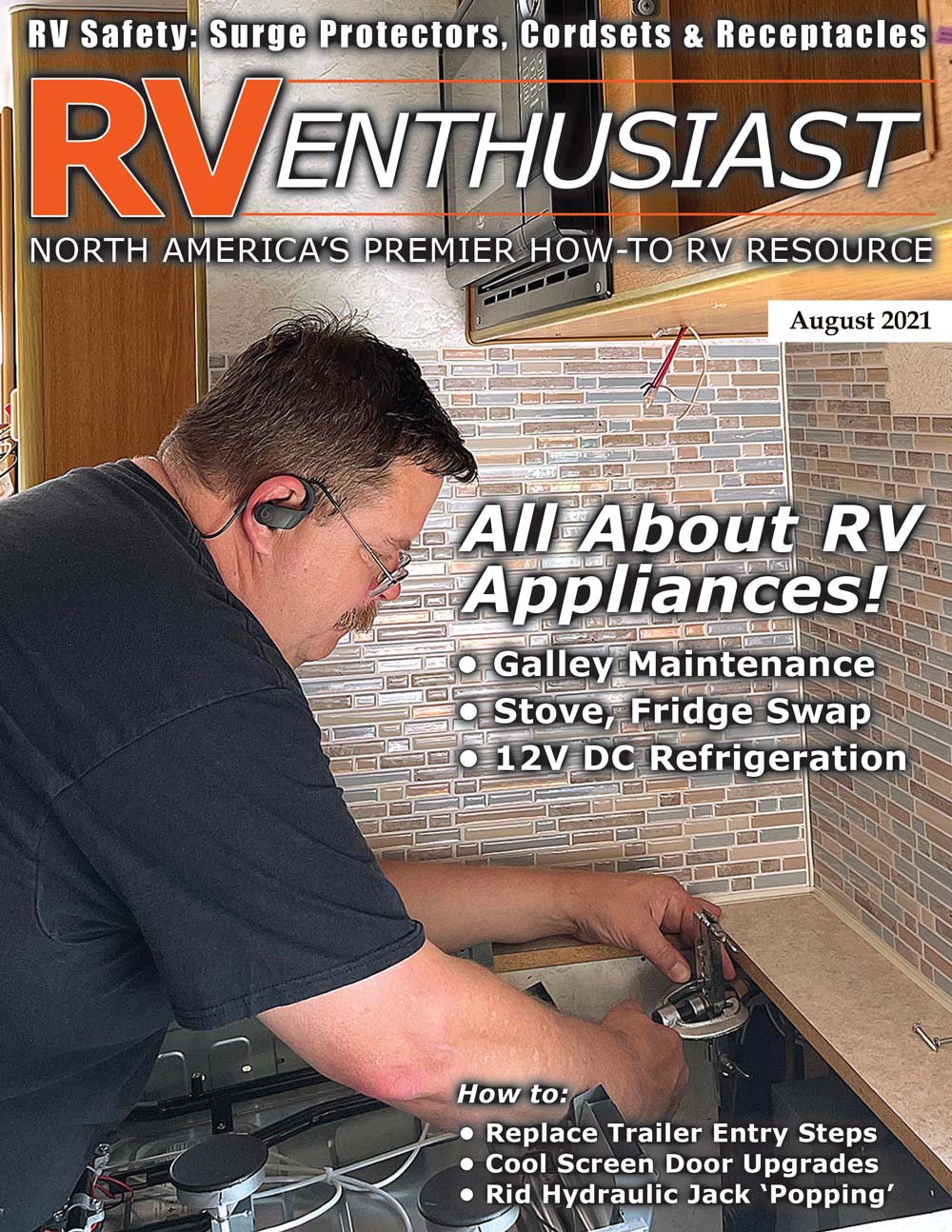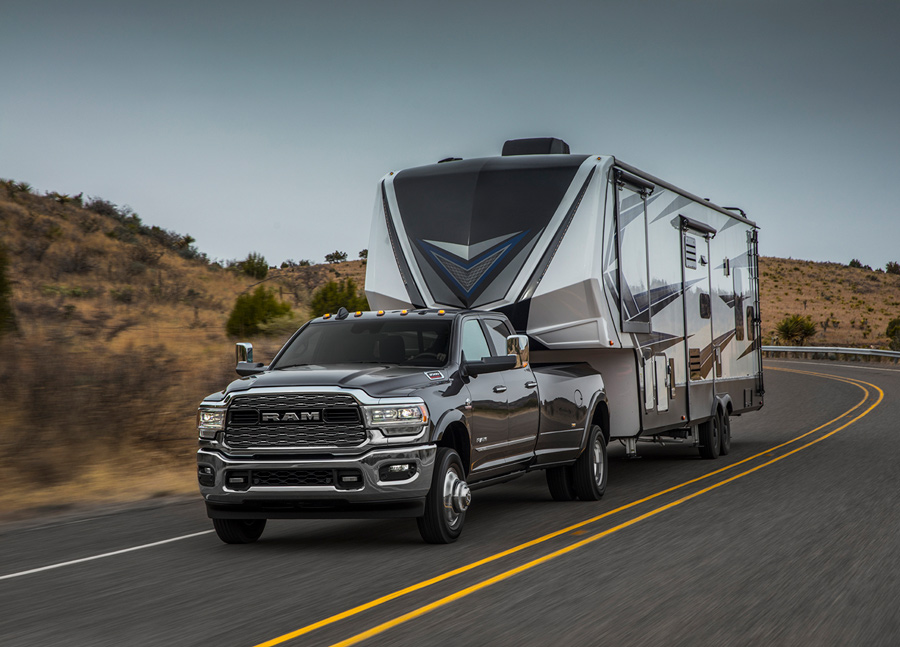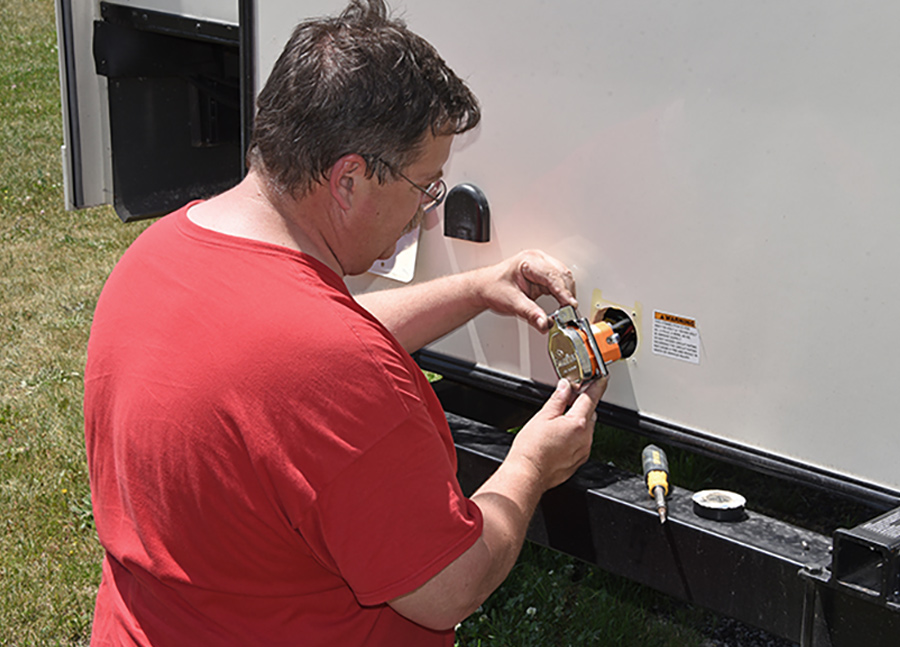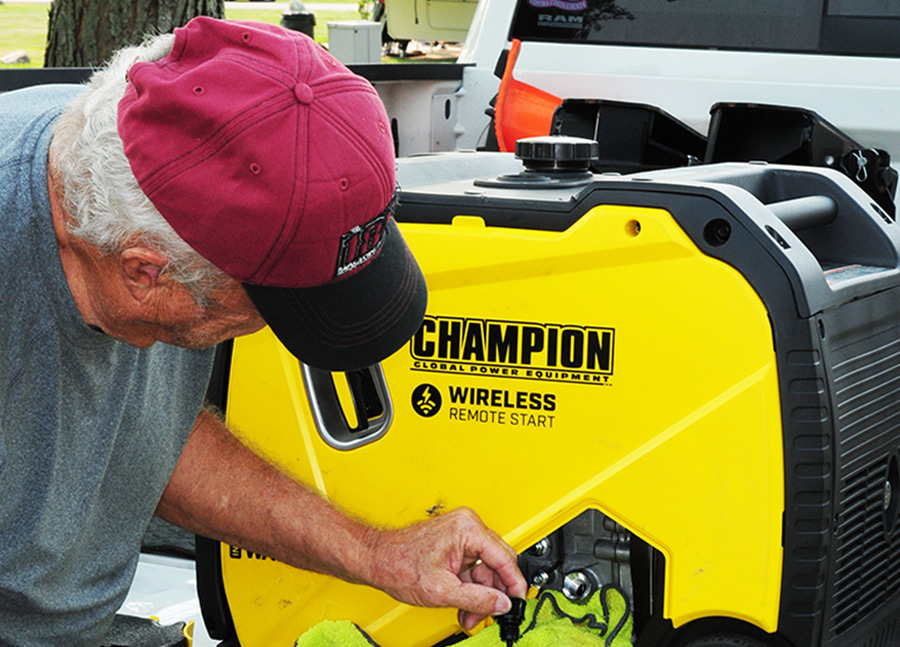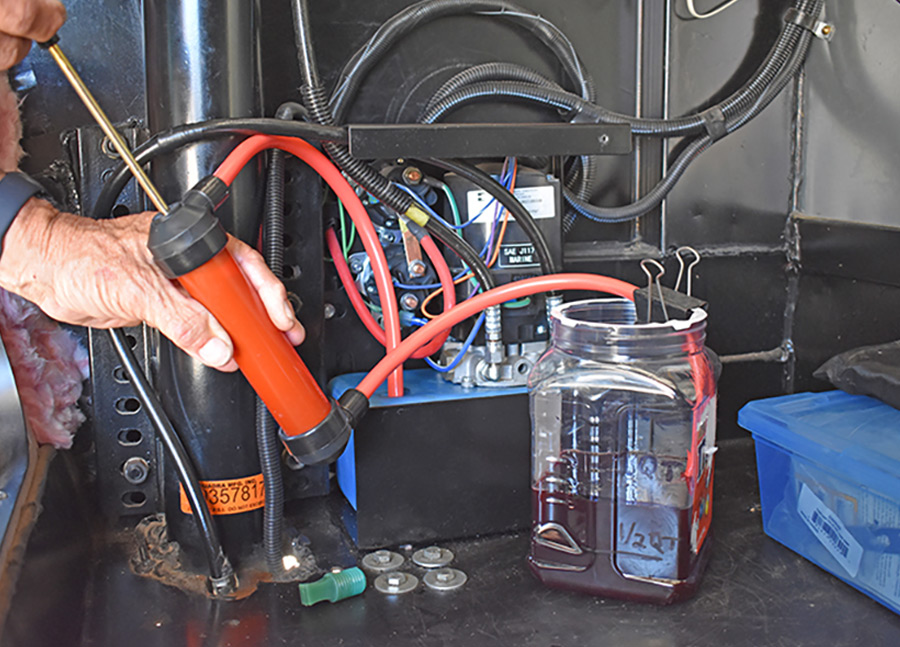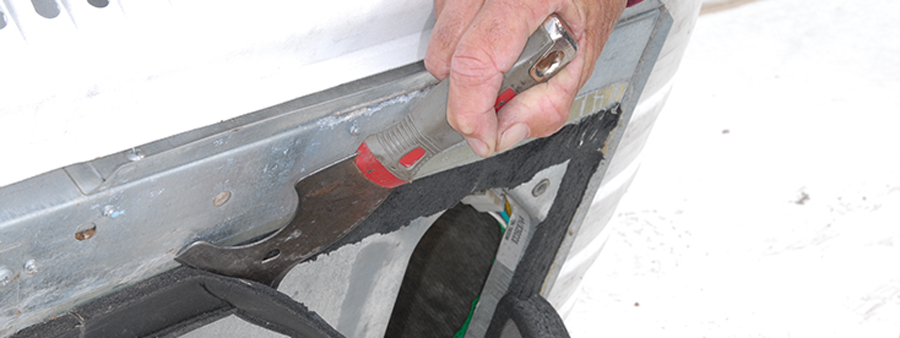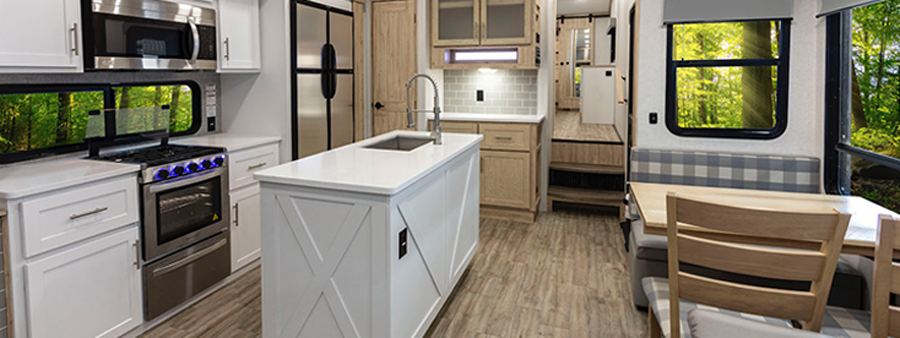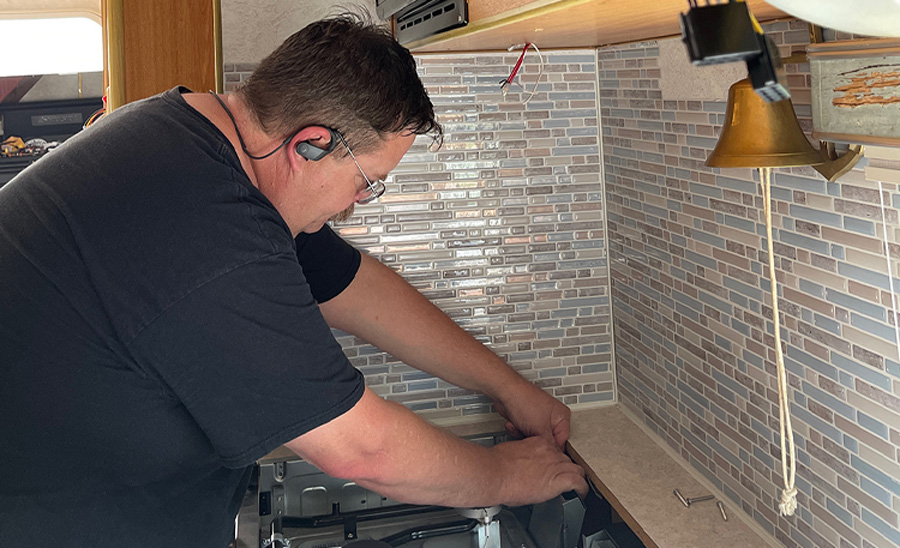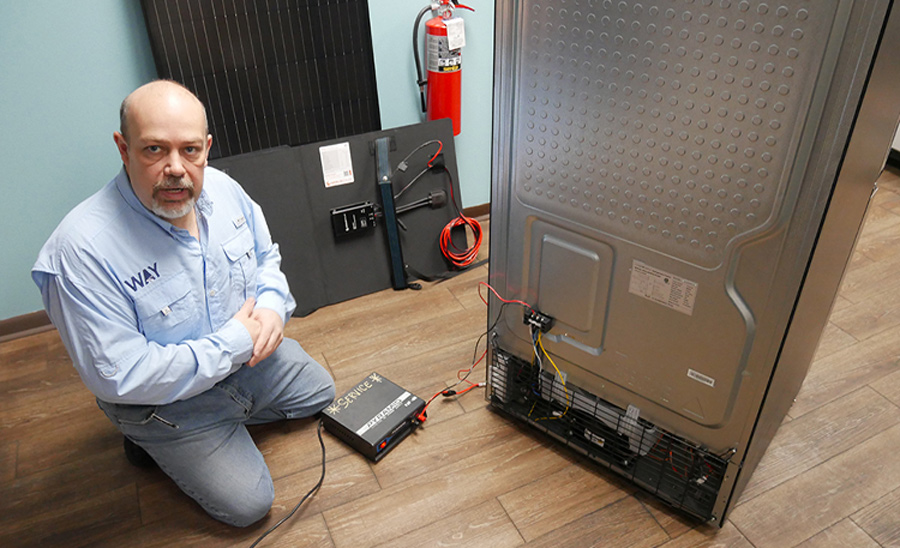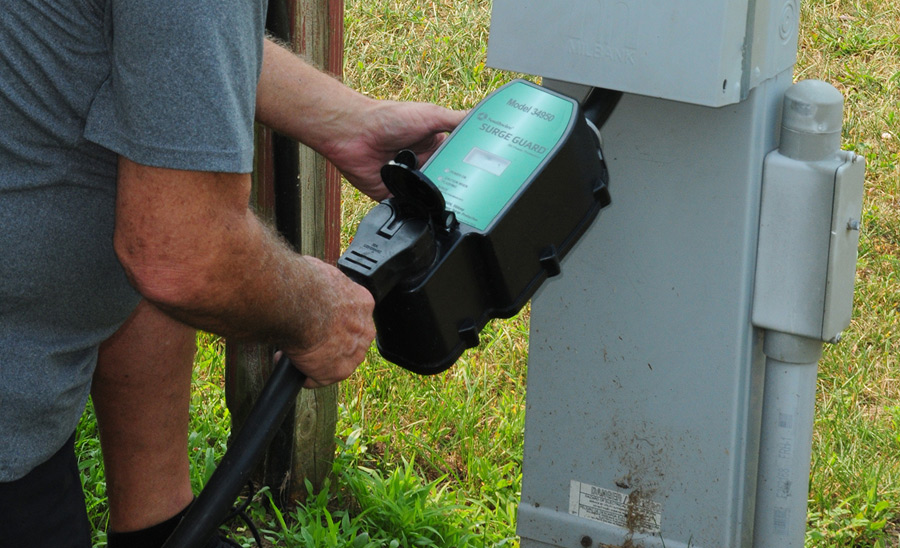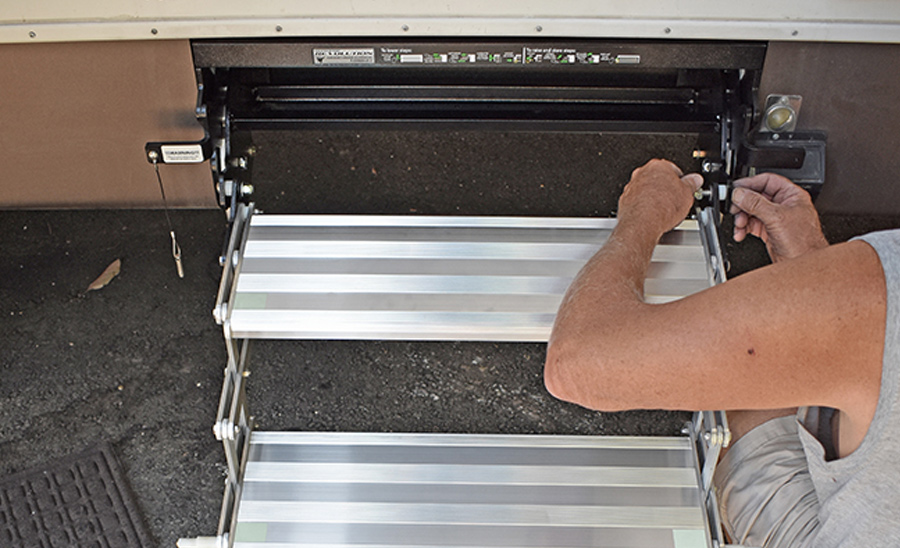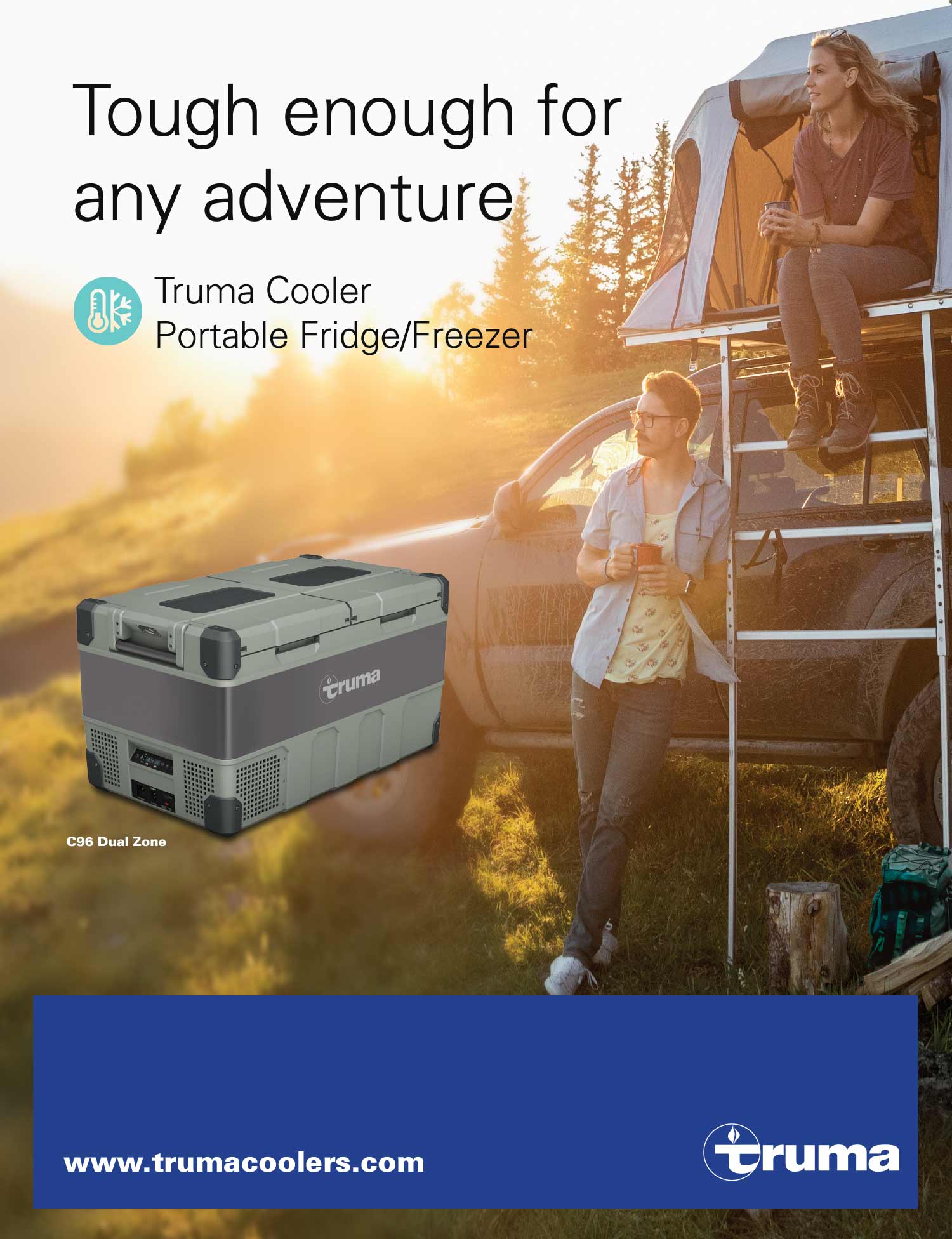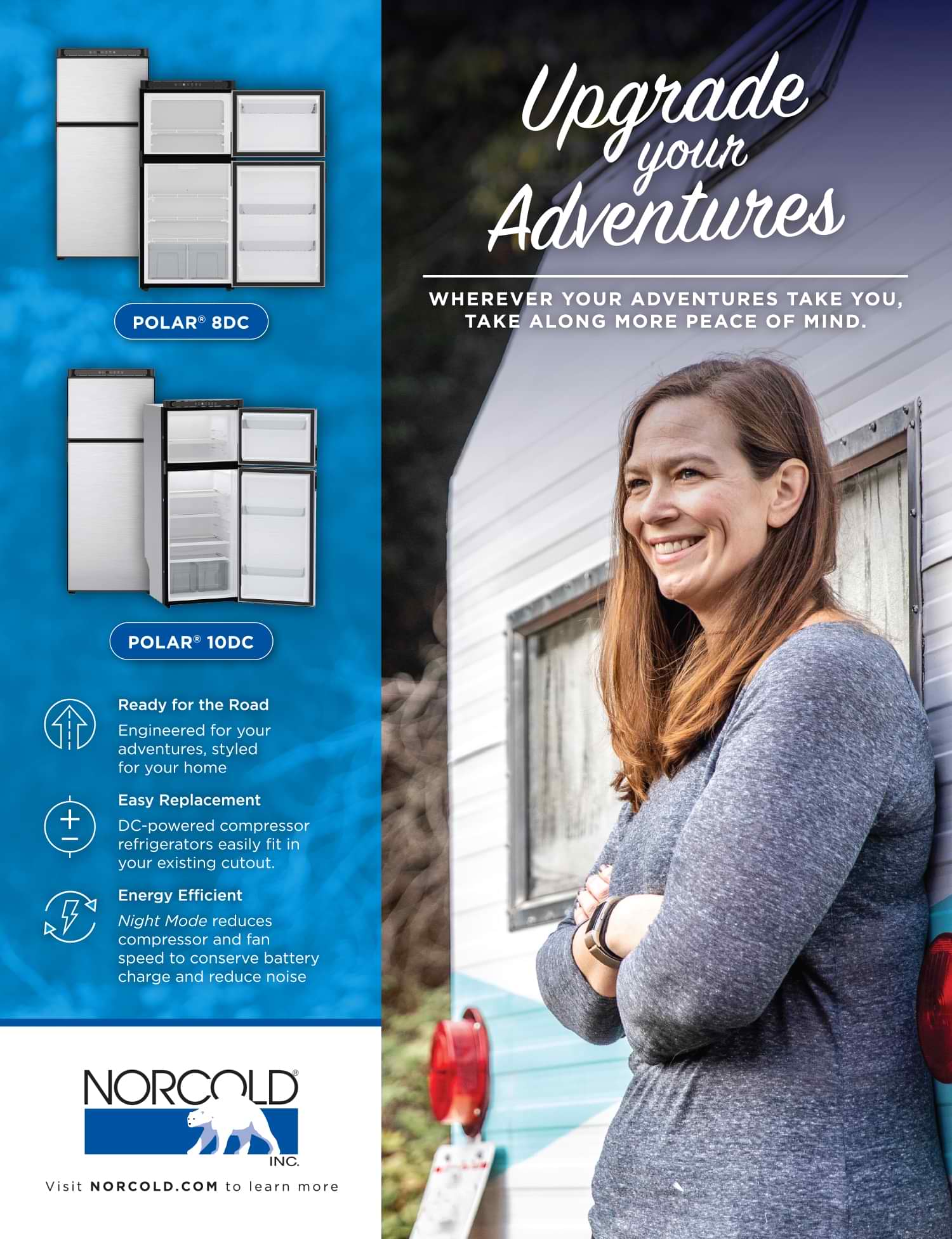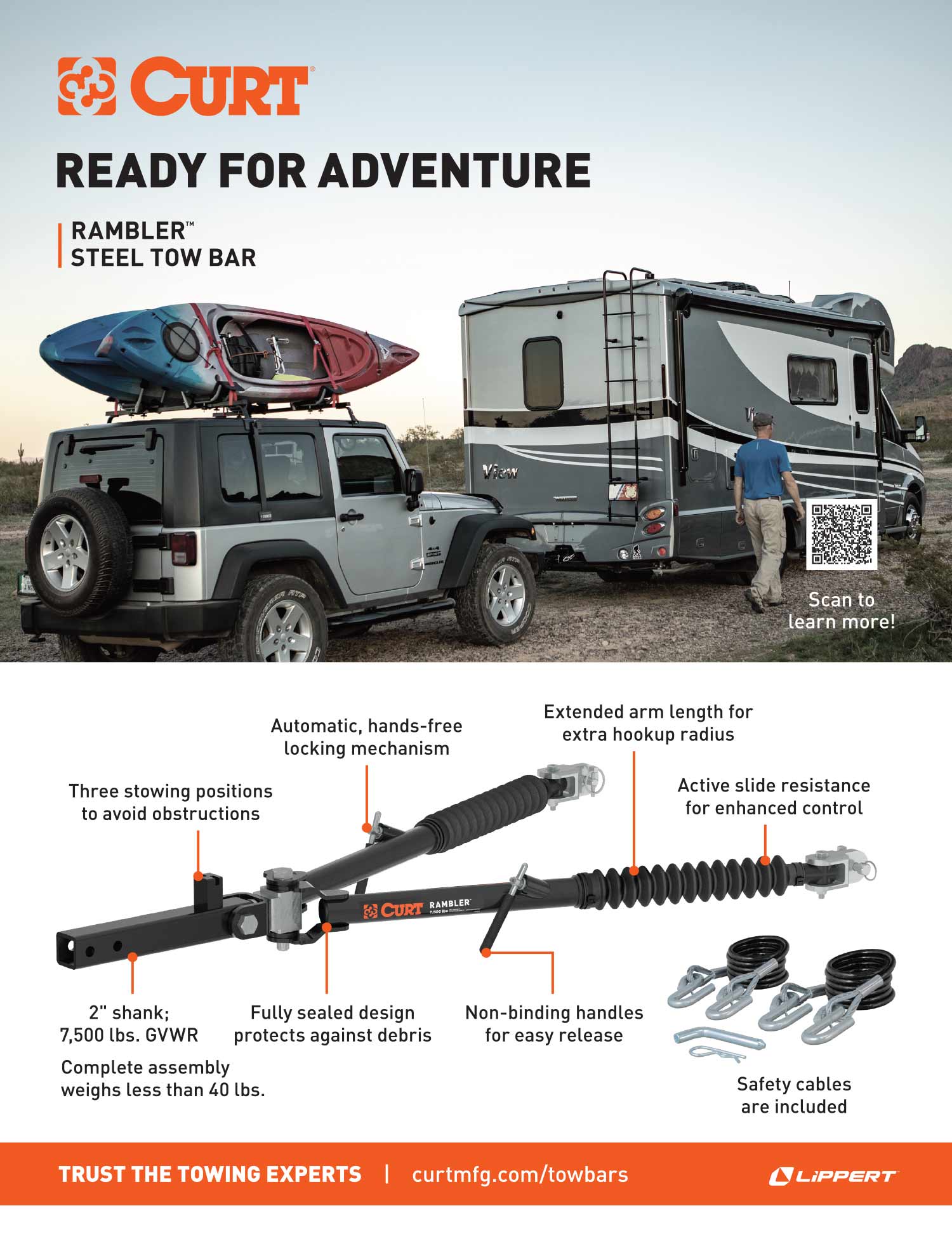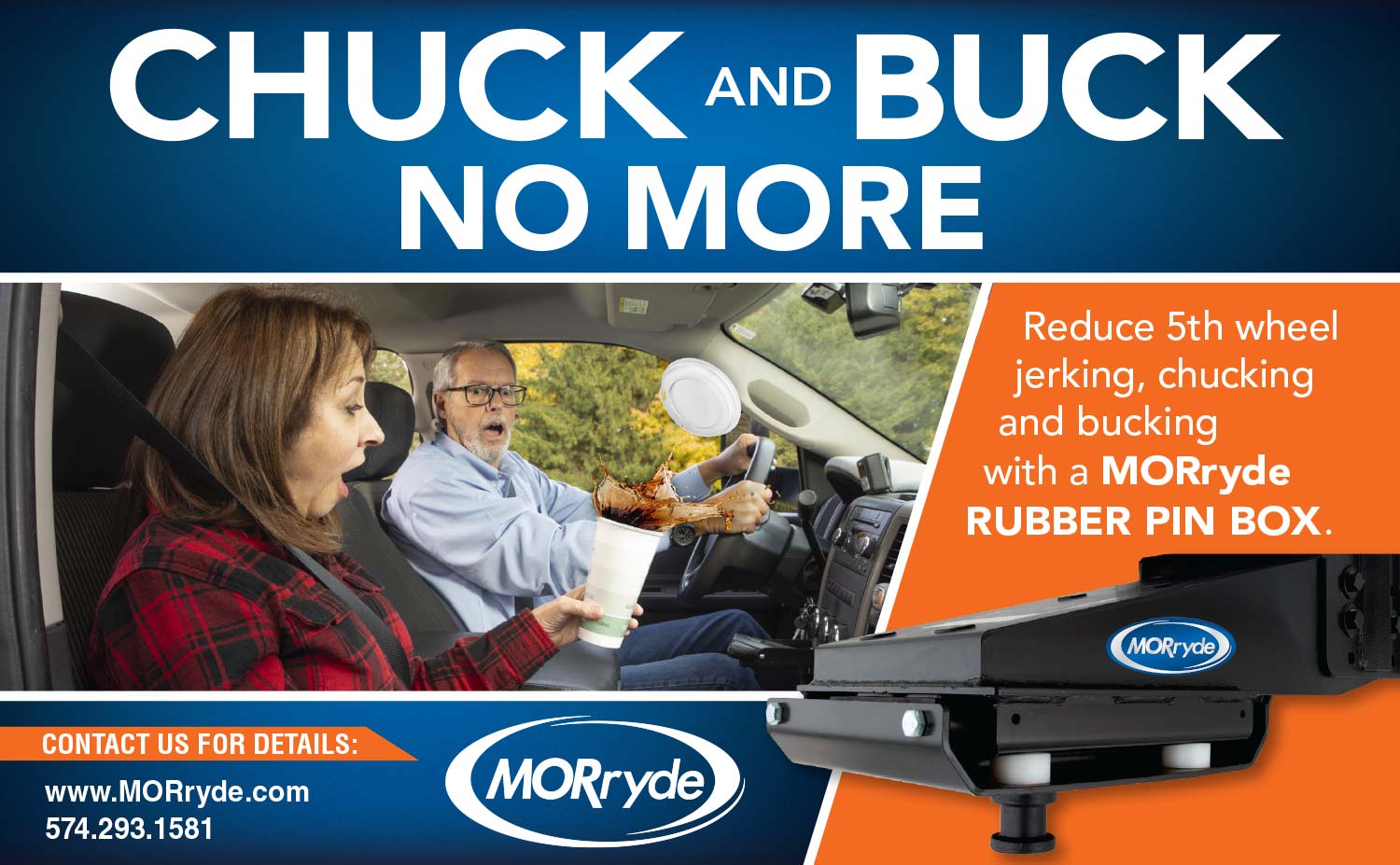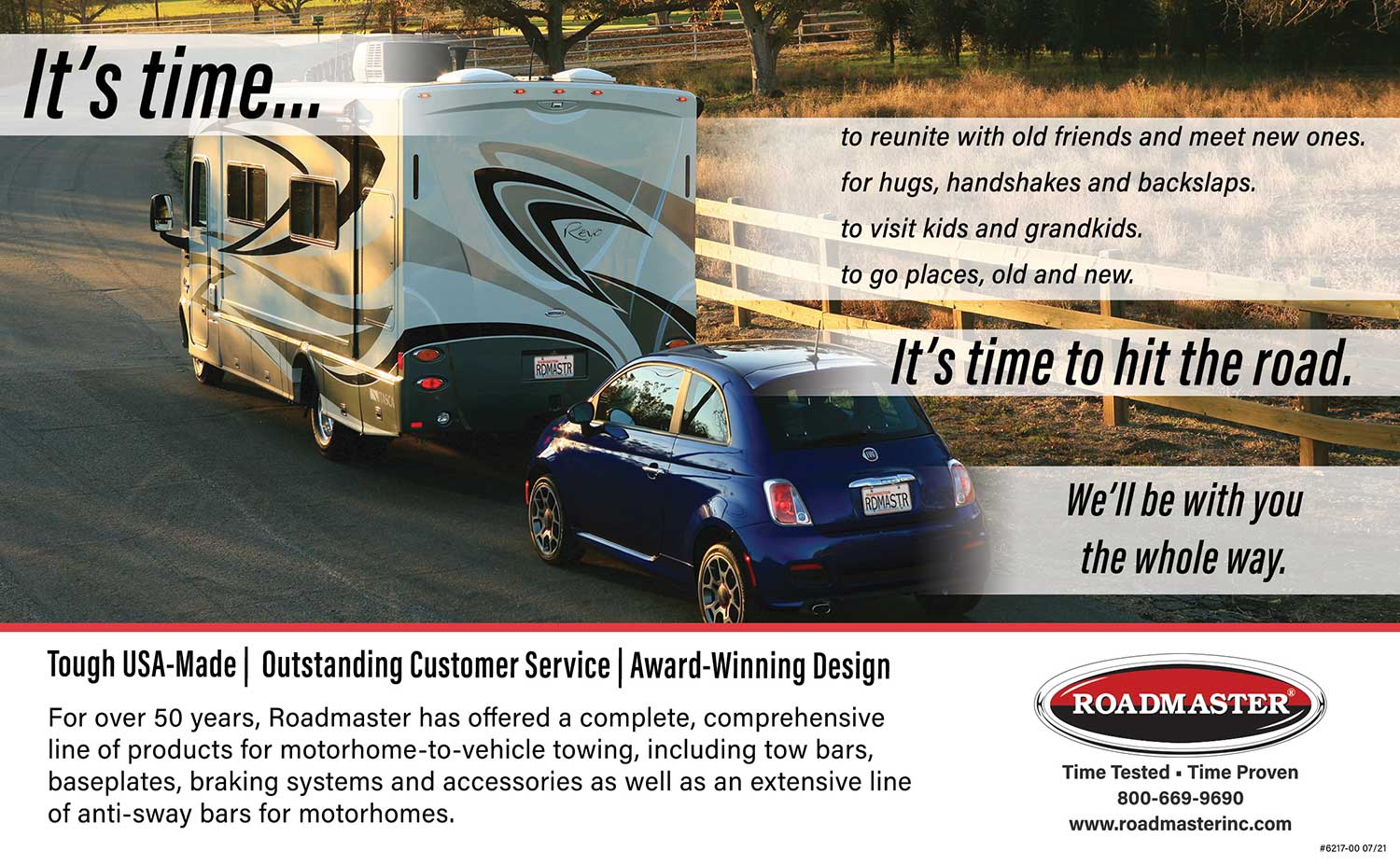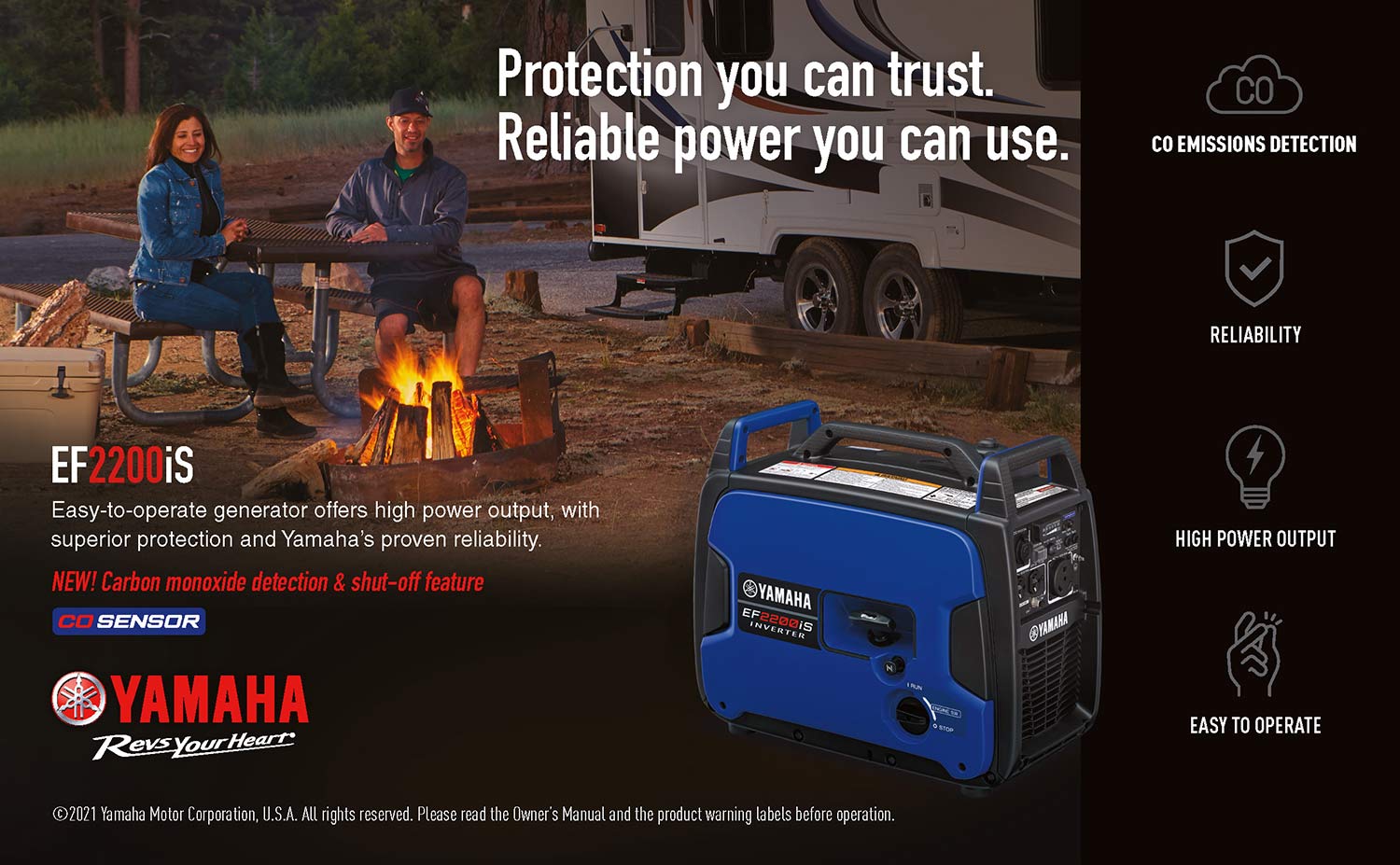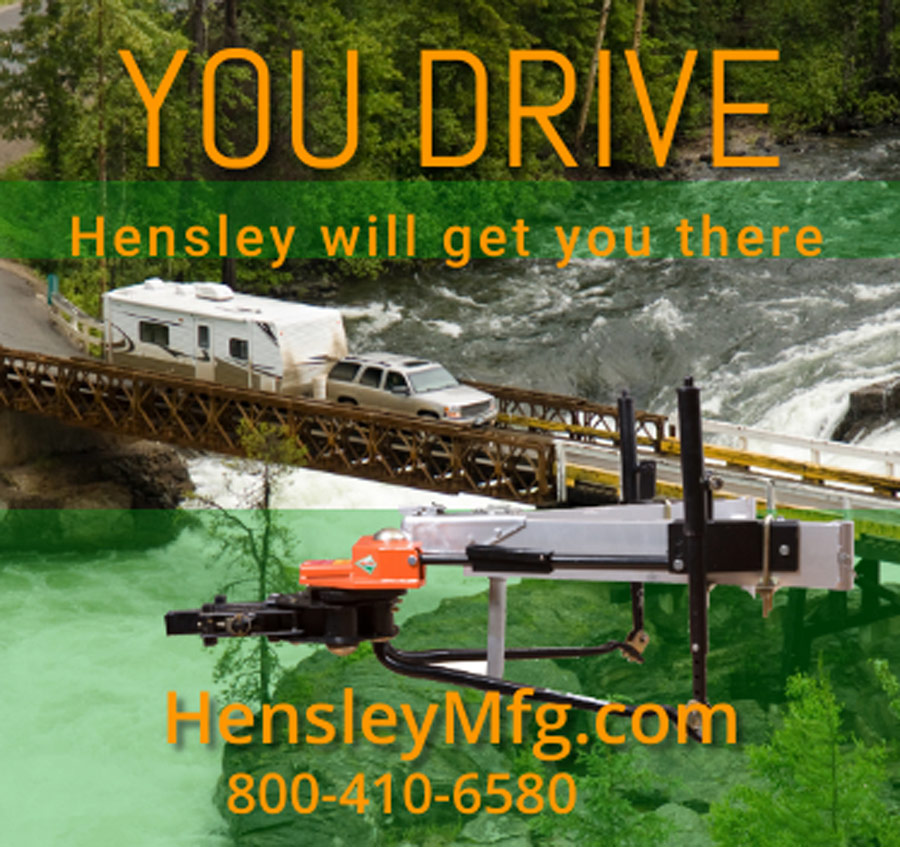Subscriber Access Only
Special Offer
Get 1 year of RV Enthusiast Magazine for just $9.99
Unlock My Offer No ThanksAlready a subscriber? Click here to access full issues.



Social Distancing Machine!



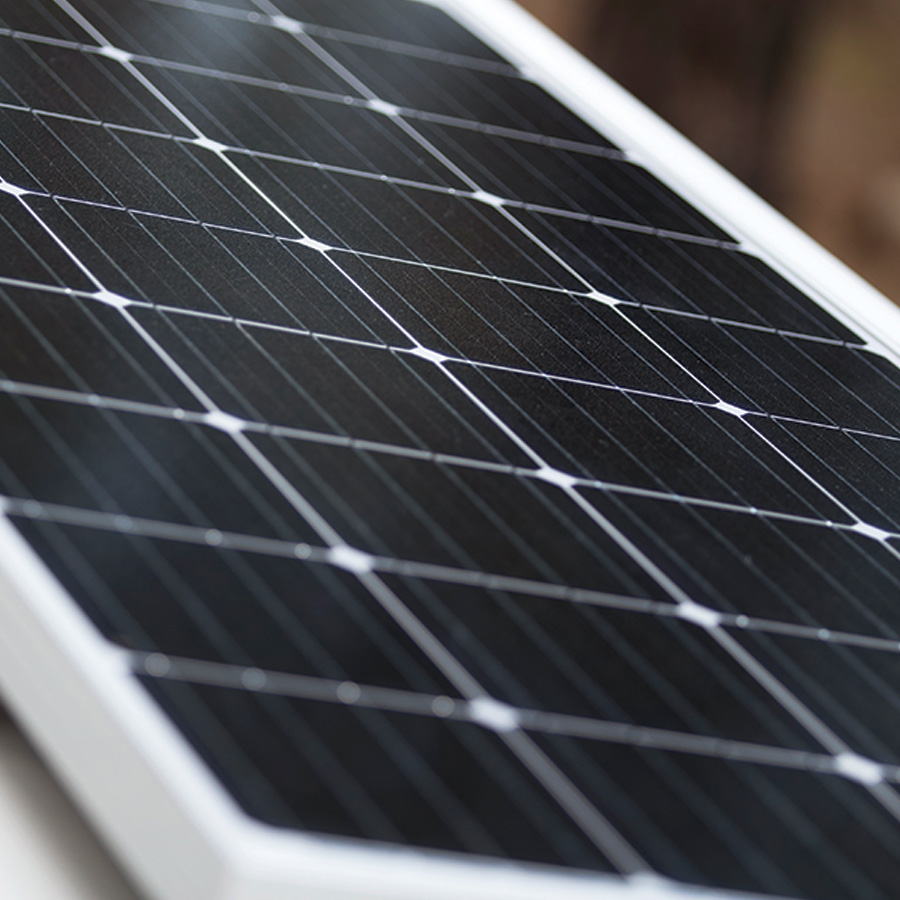


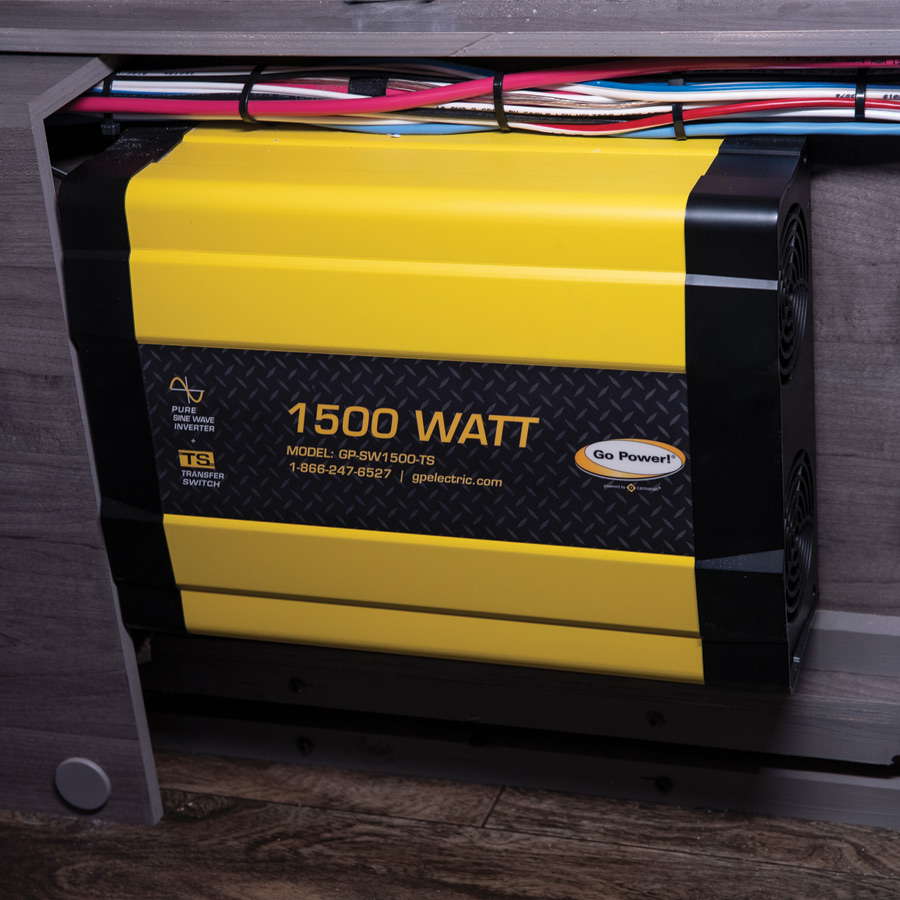
Make it a Lance. We are social distancing pros with 55+ years of experience building RVs. Unmatched quality achieved through composite construction and lightweight design with off the grid features keeping you powered up and connected with family and friends.
Our dealer partners are open and ready to serve you in a safe environment! LIVE.LANCE.LIFE.

Among RVers, it’s a debate as old as camping: Diesel or gas? The decision isn’t as clear-cut as it once was, so we surveyed experts to get their opinion on the subject to help you make the right decision.
Do you know what “resistive heating” is — or how to deal with it? Tune in as we discuss the causes, symptoms and — thanks to SmartPlug’s replacement receptables and shore power cordsets — a cure.
Part 2 of our series on RV generators includes a number of maintenance tips to ensure your generator starts when you need it to. It also addresses using your portable genset for powering your brick-and-mortar home in an emergency.
Lippert’s entryway product threesome — Thin Shade, Screen Shot and Screen Defender — adds a huge dose of convenience when going in and coming out of a trailer. And then there’s the “cool” factor.
Loud noises emanating from an RV’s hydraulic system are both fairly common and quite unsettling. The cause is usually micro bubbles in the pressurized system, or static friction. Here’s one way to reduce or eliminate it.

Extending the life of your kitchen equipment — the range, oven, microwave and refrigerator — isn’t especially difficult when it’s done on a regular basis. Here’s what to do and what to watch for.
The galley in RV Enthusiast magazine’s project, a 2005 Lance Lite 1025 truck camper, had seen better days. So, we swapped out the worn appliances for a new Greystone range, Norcold refrigerator and RecPro microwave.
The biggest trend right now in the RV world is boondocking — going off the gird in search of new experiences. It’s fueled in part by the growing popularity of refrigerators operating on a 12-volt DC power supply.
Electrical surges can happen anywhere and at any time. A surge protector — either portable or hard-wired into your RV — will help safeguard expensive appliances and other electrical components.
The latest generation of trailer entry steps makes old wobbly steps pale in comparison. Torklift’s new Smartstep Glowstep Revolution is a multi-link design that allows for operation in very tight spaces — and includes embedded glow strips for night use.
(800) 830-9729 ext. 3
[email protected]
EDITOR – Bruce Hampson
(574) 584-4616
[email protected]
TECHNICAL DIRECTOR
Chris Dougherty
(800) 830-9729 ext. 5
[email protected]
TECHNICAL EDITOR – Chris Hemer
(800) 830-9729 ext. 6
[email protected]
SOCIAL MEDIA DIRECTOR – Jim Mac
(800) 830-9729 ext. 7
[email protected]
ART DIRECTOR – MIKE ACCUARDI
[email protected]
120 Atwater Road, Springfield, MA 01107
RV Enthusiast is published monthly by RVE Media Group Inc., 3425 East Golden Valley Road, Reno, NV 89506. RV Enthusiast magazine is copyrighted in the United States, Canada, Great Britain and other countries. All rights reserved. Permission to reprint or quote excerpts considered on an individual basis and granted only by written request. Advertising rates and Editorial calendars provided upon request.
Increased awareness brings increased safety, tire life and fuel economy.
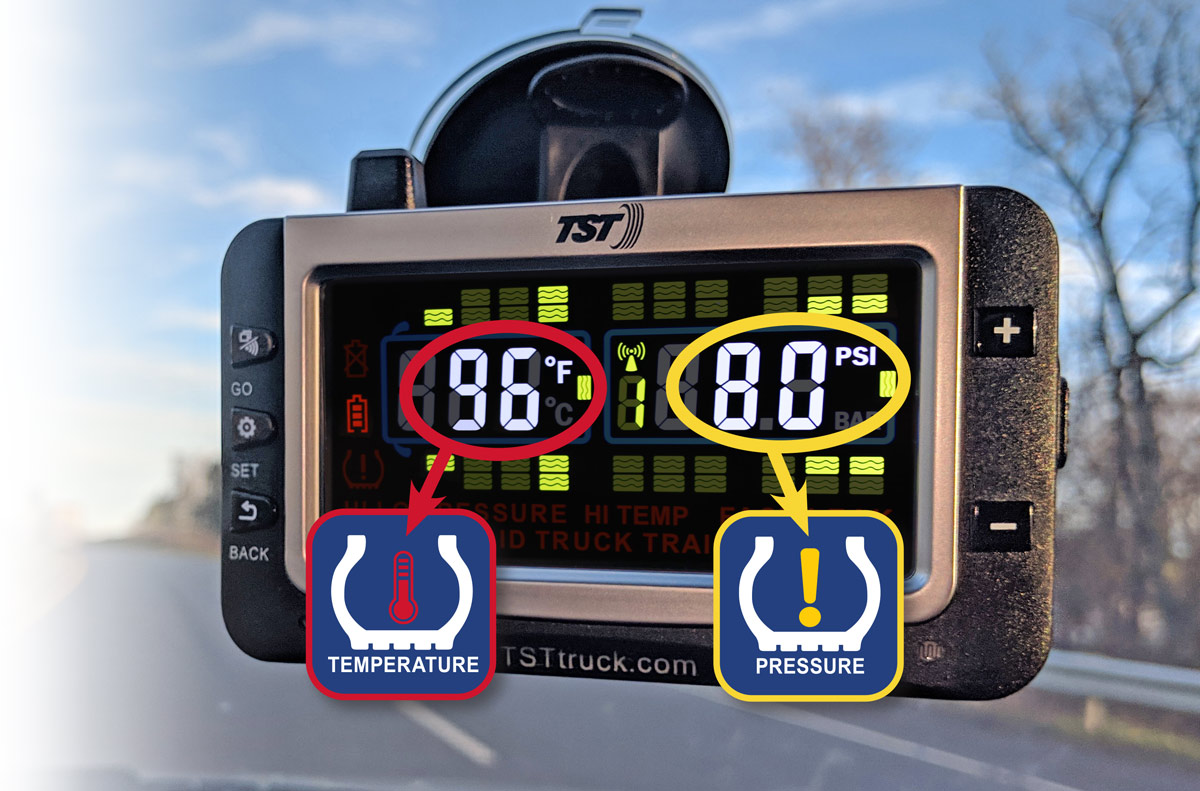

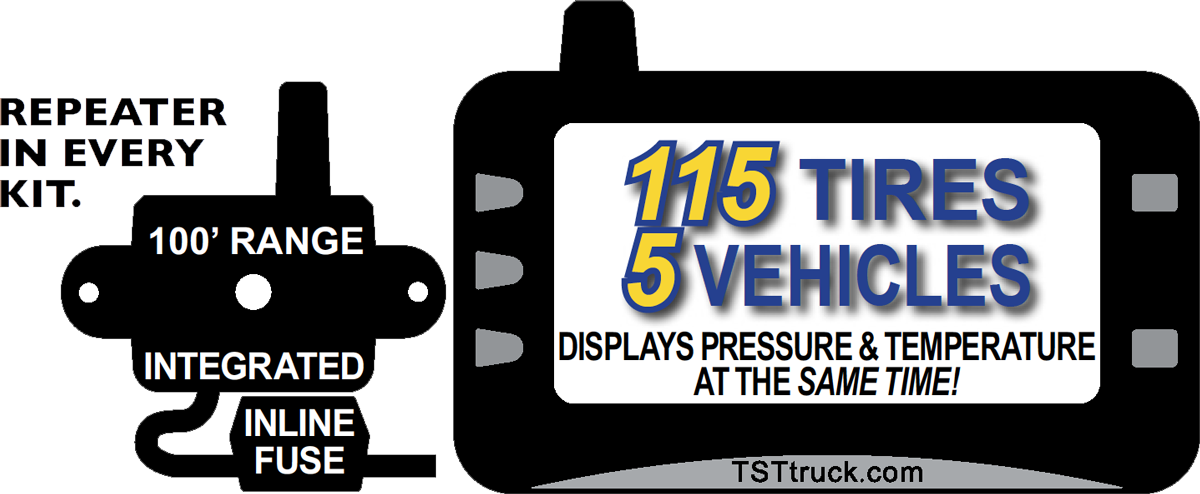
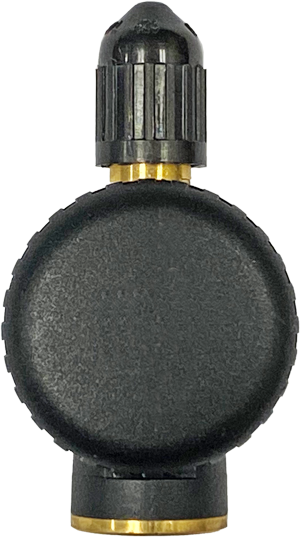
SENSOR

SENSOR
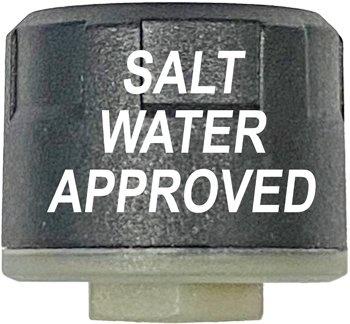
SENSOR


- Designed to Commercial Vehicle Standards.
- Easy Installation.
- All Sensors are Compatible with Each Other so you can Mix & Match Sensors to Monitor a Variety of Applications at the Same Time.
- User-Replaceable Batteries on Cap & Flow-Thru Sensors — Code Lock Keeps Sensors Paired After Battery Maintenance.
- Monitor Power Unit and up to 4 Trailers and 115 Tires, including Spares.

Look for the Stickers or Hang Tags to make sure you are Protected!

Retailer, visit or call:
Retailer, visit or call:
et’s talk about icebergs for a few minutes.
Yea, I know — it’s the middle of summer. Who wants to think about overgrown ice cubes when your air-conditioner is having a tough time keeping up with the temperature outside your rig? But it’s precisely now, when you are using your RV — or, possibly, looking for one after having finally decided to start enjoying the outdoors — when you oughta be aware of your immediate surroundings.
An iceberg, if you remember your high school physics class, behaves just like that cube in your evening drink — it’s a solid, but it floats, because it’s about 9% less dense than the water around it. That said, its density also means 90% of floating ice is under the surface, and as any ship’s captain knows, it’s not only what’s visible that will hurt you — it’s what you can’t see. If he were around, no doubt Edward Smith would concur (he was the captain of the Titanic — and that’s the limit to your history lesson for today).
The same is true with recreational vehicles. There are plenty of things that can — and often do — go wrong with an RV, and many of them portent even greater maladies. Fortunately, they also often tend to reveal themselves long before real calamity strikes. Being able to recognize such problems will go a long way to alleviating major repairs down the road.
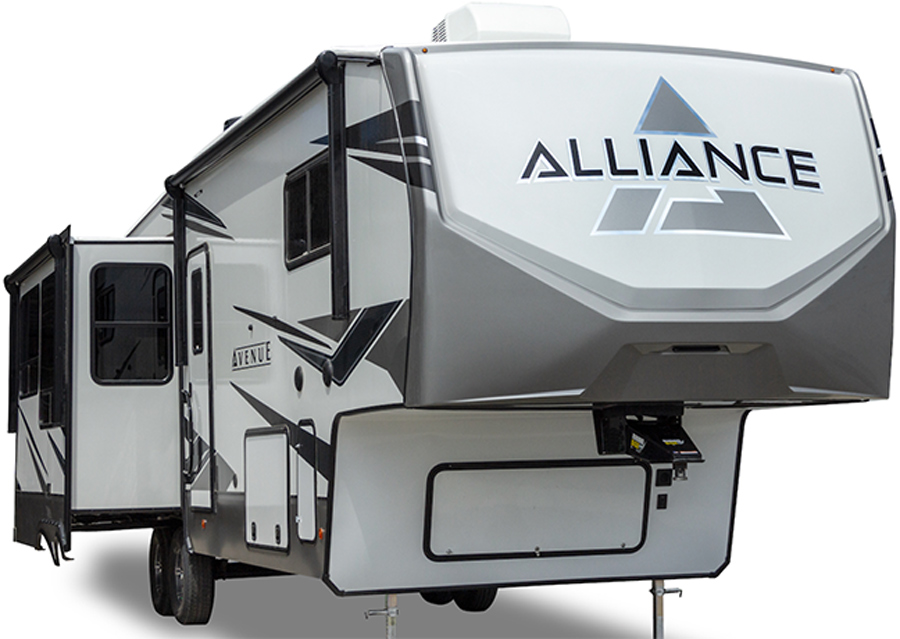

According to Alliance General Manager Ab Saleh, the company spent “considerable” time engaging with RVers to crowdsource the design of the Avenue.

f you’ve been to a campground lately, you know that it’s rare to visit one that doesn’t have its share of four-legged guests. Indeed, in its 2021 North American Camping Report, Kampgrounds Of America (KOA) states that parks that allow pets and have pet accommodations were among the top considerations when staying at a campground — only “safety and security” ranked higher.
Simply stated, RVers love to travel with their pets. Cognizant of this, RV manufacturers are crafting RVs with pet-friendly features, including built-in bottom drawers holding pet food and water bowls, and parks are keying on pet-friendly features to attract visitors. In fact, KOA now has certain campgrounds designated as KampK9 pet parks, where travelers will find open fenced areas for pet exercise, cleanup stations and fresh water.
However, traveling with pets — particularly cats and dogs — is not without its drawbacks. While they don’t suffer from “separation anxiety” when their owners leave on vacation, you have removed them from their safe environs. New “digs” take a while for animals to adapt to. Beyond that, pets can get car sick, bored and find things at parks that they shouldn’t, from bad food to nasty critters.

Barry Barquest
Barry, I have some good news and some bad news.
Let’s start with the good news. The issue of the water dripping from your condensate tube is easy to fix. Simply pull up the condensate tube from the outside tray and re-route it to one of the little square vent openings in the outside access door. Many refrigerators are designed to do this anyway, and if you need more tubing to reach you should be able to source it at a local home center or auto parts store.
Now the bad news: the reason your fridge is creating so much condensation is because it’s open to the warm humid air, which is causing condensation on the cooling fins in the fresh food compartment. Sometimes people complain of a condensation issue on the doors of this model if the door flapper heater fails for some reason. That doesn’t seem to be the case here.

eciding on a diesel or a gas engine for your towing needs used to be easy. If you were just doing some light towing and wanted something you could use as a second vehicle, a gas-powered truck or SUV was the obvious choice. Flipside, if you planned to tow a large fifth wheel frequently or full-time, a diesel’s longevity and massive torque was the logical decision.
But technology has changed radically in the last few years. There are now small six-cylinder diesel engines in half-ton trucks that rival the performance — and surpass the fuel economy — of their gasoline counterparts. And there are new gasoline V8’s available in 3/4- and 1-ton trucks that can tow nearly as much as a diesel option — and cost around $10,000 less. Diesel engines do tend to last longer, but it’s not uncommon today to get 150,000 or 200,000 miles out of a well-maintained gasoline engine, which begs the question: Is the added cost of a diesel engine worthwhile today?
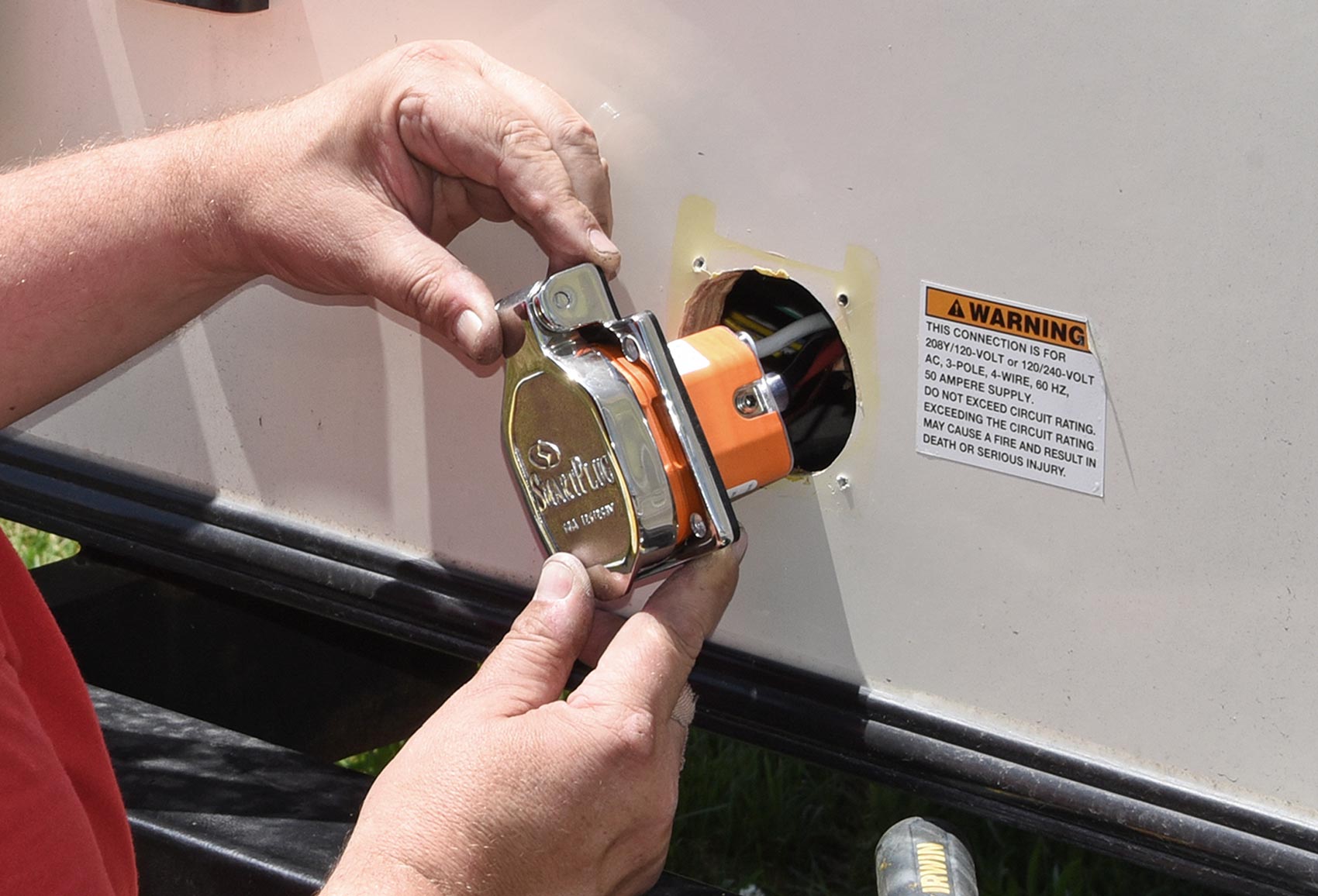
hen I was a fulltime RVer back in the early 2000’s, I remember the power in my motorhome began flashing and finally “blinked” out on a hot day while I was working on my computer and running the air-conditioner. Looking around for the issue, I glanced out a window and saw some smoke. There was no fire pit in the general vicinity so it quickly became evident that the smoke was coming from my rig or the one in the site next door.
As it turned out, the plug on the motorhome’s cordset melted and was smoking. No flames, fortunately, but the burnt and discolored plug was an uncomfortable sight. The cause of this failure, which I have seen many times as a technician and again on another personal RV, was resistive heating.

Photos by author
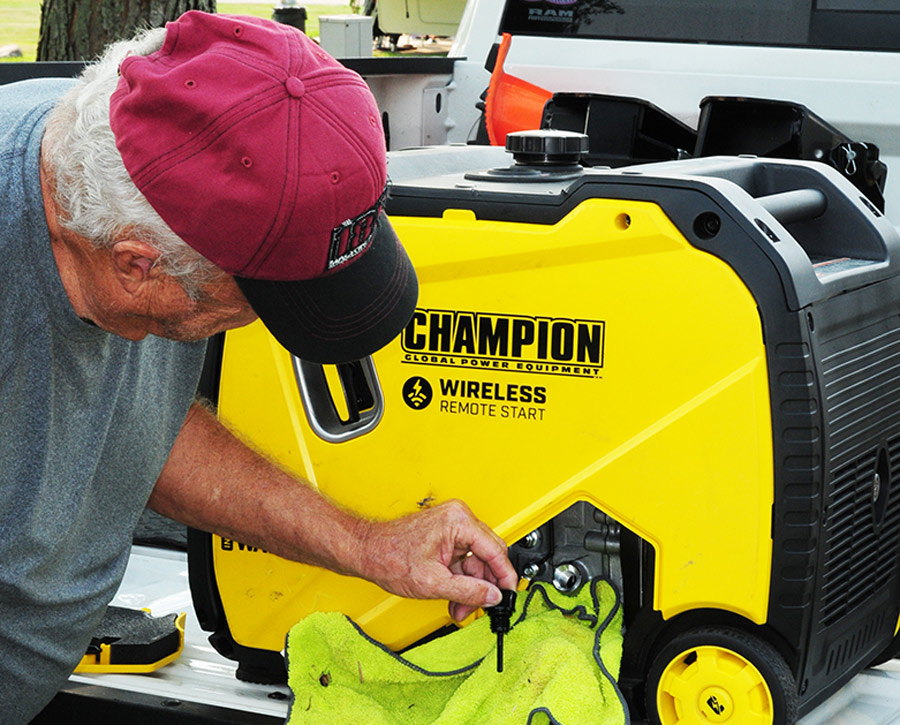
here’s no denying that Mother Nature is capable of throwing a curveball on occasion. Sometimes these occurrences are oddities — like snow in Florida — while other instances they have a very real impact. One such impact was the recent winter cold weather snap in Texas. I recently had an extended conversation with tech support from Champion Power Equipment, during which they said the company had been inundated with calls about generators not starting during the Texas winter power outage.
On a less-critical level, this same thing is happening now when so many RV owners are taking their travel trailers out for the first time in more than a year. And to a large extent, the problems can be traced to poor maintenance.
Generators Need TLC
What’s the common thread here? Well, according to tech support, many of these generators have sat unused with gas in their tank for two years or more. What then happens is the gasoline evaporates out of the tank and carburetor, turning into a varnish. And no amount of carb cleaner is going to fix that. Fortunately, it really doesn’t take a whole lot of effort to maintain your AC genset.
Photos by author
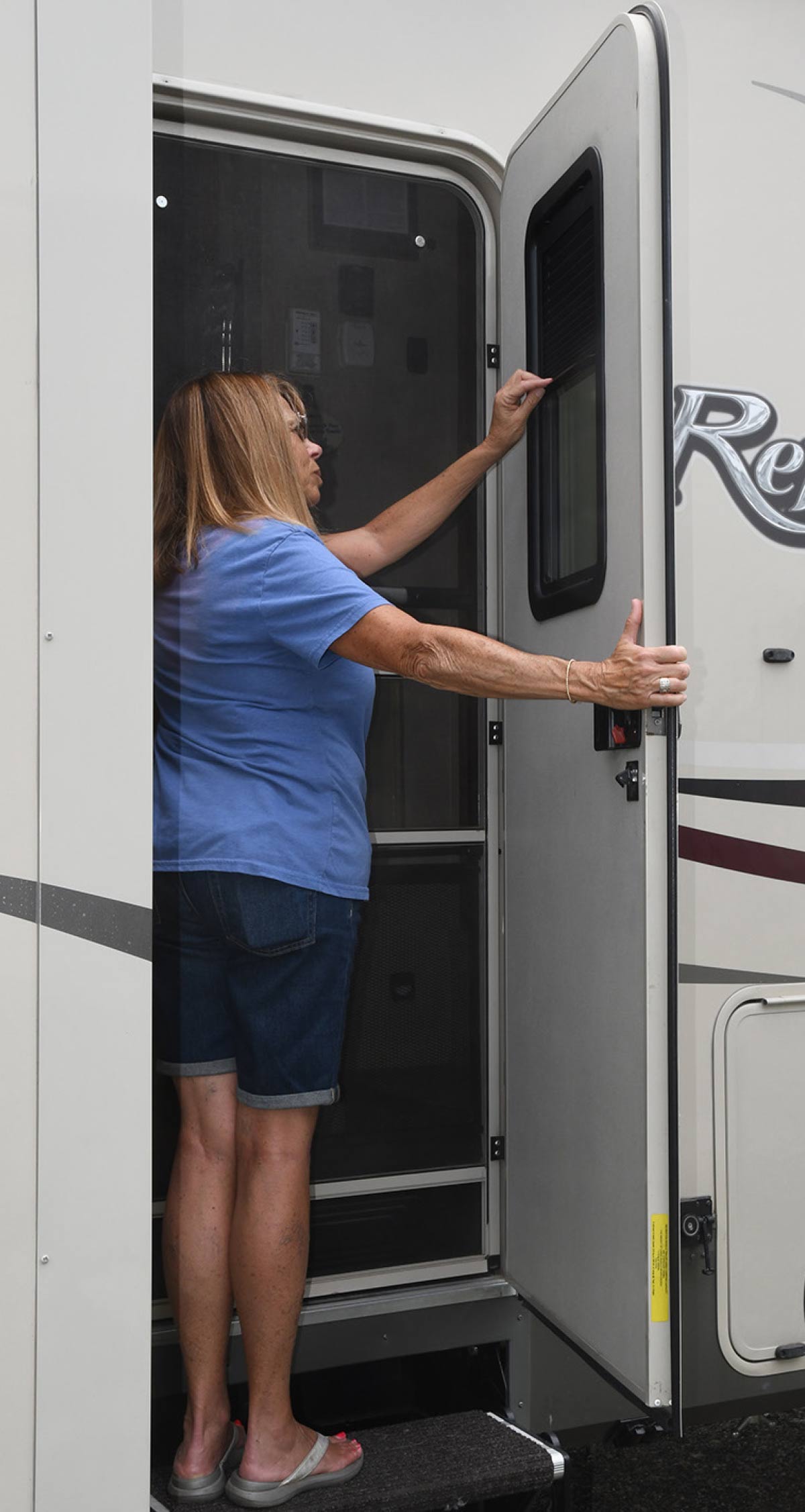
ntry doors are taken for granted — and often neglected. Let’s face it, a door is as forgettable as it is functional. It has one job: To allow you to easily enter and exit your RV. Not surprisingly, trailer- and fifth-wheel entry doors are pretty bland from the factory. However, Lippert has introduced several aftermarket products of late that make entry doors and screens more convenient, private — and protected from pets who love to plow through the lower screen or, at least, paw the material to death.
Our door transformation started with replacement of the window with a snap-in frame counterpart that can be fitted with a Thin Shade pleated privacy “curtain.” From here, we installed the Screen Shot auto-closing mechanism for the attached screen door and, finally, added a Screen Protector mesh panel to the bottom section of the screen door. None of these projects was particularly difficult, but you’ll have to spend some time reading the clearly presented instructions to avoid making mistakes. Installing all three products will take about an hour for anyone with a moderate level of mechanical aptitude.


oud noises are always disconcerting while RVing, but when they originate at the hydraulic systems driving the leveling jacks and slideouts, owners — especially newcomers — tend to freak out. Popping noises — which can oftentimes lead owners to believe system failure is imminent — are not welcome, and in most cases are virtually impossible to identify. This condition is a common problem experienced by RVers with hydraulic leveling jack systems, but occasionally hydraulic slideout room mechanisms. In extreme cases, this sound can be quite loud and unnerving, but the good news is that the problem can be traced to couple of different sources — and anytime you can track a problem down, you can fix it.
Cause
Due to the high pressure necessary to operate hydraulic leveling jacks, micro bubbles in the ram section are the leading cause of the popping sound. A companion problem is caused by static friction or “stiction.” The noises may come and go, leading one to think the problem is going away, but they will usually return. Fortunately, these noises do not lead to system failure, and there is a simple fix that was initially circulated by Lippert, the leading supplier of hydraulic systems to the RV industry.

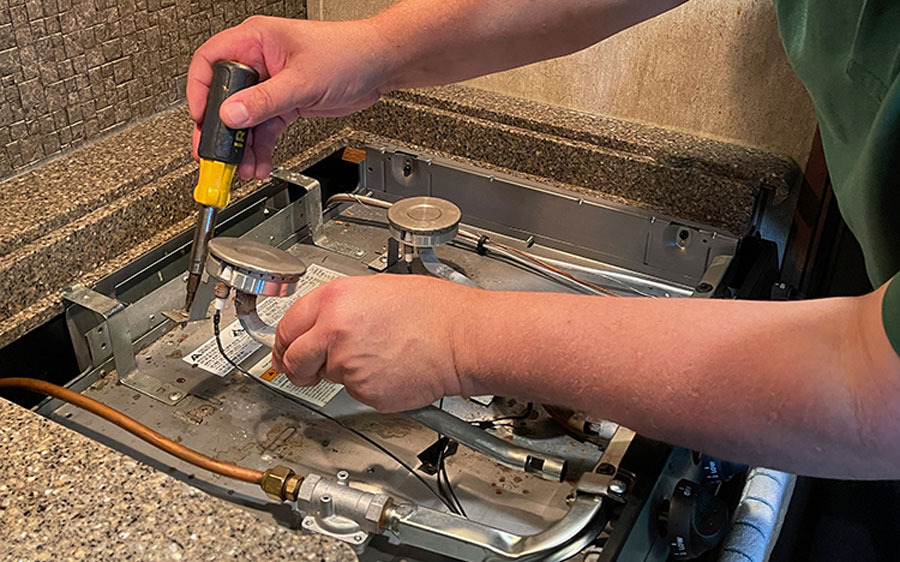

think it was 1979 or 1980. My family was attending a horse show in Farmington, Connecticut, in our Winnebago motorhome, and it was a rainy day as I recall. My grandparents, who lived nearby, were visiting, and mom was cooking up appetizers in the galley. The wonderful aroma of home cooking that day — of Hickory Farms sausage and sauce in the pan — are indelibly recorded in my mind. The ability to have a family gathering in a field with all the comforts of home is an amazing experience, a feeling that many RVers can connect with.
Manufacturers do their part by equipping contemporary RVs with the same sort of appliances that are critical to meal prep in a traditional brick-and-mortar home — though they are a bit different. And, all things considered, they are amazingly resilient. However, time does take its toll, especially on equipment subjected to constant pounding during travel, and RV appliances do require more upkeep. Properly maintained, though, they should continue cooking up memories for years.



f all the activities loved and shared by RVers, campsite cooking has got to rank near the top. There’s nothing like the communal feeling of gathering around a grill or fire with loved ones and collaborating on a memorable meal. However, sometimes time constraints or uncooperative weather make galley cooking more convenient.
That’s okay. RV appliances have made great strides in just the last few years as manufacturers continue to adapt appliance components and functions we’ve grown accustomed to in brick-and-mortar homes to mobile living quarters. Fortunately, you don’t necessarily need to buy a new RV to take advantage of newer galley products — most contemporary RV appliances are available in the aftermarket and, with some work, can be incorporated into most any older RV.
Our 2005 Lance Lite 1025 camper is a case in point. Used by RV Enthusiast editors as a test bed of sorts for different products, it’s been a workhorse — but it looks it. As the “Lite” version, it only came equipped with the necessities, and the years haven’t been kind to the standard white-toned appliances. Worse, it had obviously been neglected by its previous owner(s). The range, for example, suffered from stains, broken components and signs of rodent infestation — and, as was often the case a few decades back, it was equipped with a recycling range hood rather than one that vented to the outside.

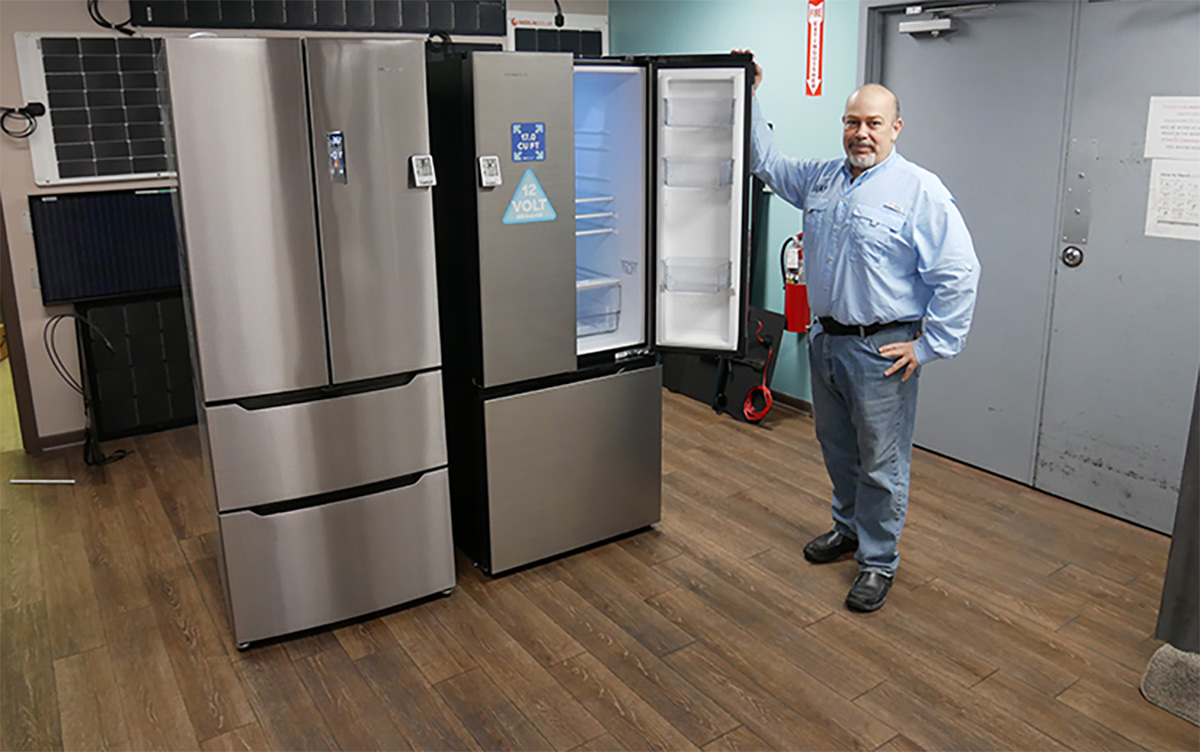

here’s no understating the impact boondocking has had on the RV industry in recent years. Whether people choose to camp off the grid in search of adventure, opt for spending time at national and state parks to rediscover America or simply head off-road after being stymied in their efforts to book a campground for an upcoming vacation, “primitive camping” has escalated dramatically in popularity.
It’s also perfectly tailored for the growing use of 12-volt DC refrigerators in RVs.
Did WAY CEO Wayne Kaylor have boondocking on his mind when he tasked his overseas engineering team to develop a 12-volt-DC-powered compressor refrigerator in 2015? Who knows — but by the time the company debuted its first unit in 2017 it was the newest wrinkle in the RV industry.




here’s a time-honored proverb that states, “Fire is a good servant, but a bad master.” The same can be said for electricity. When properly managed, electricity qualifies as one of the essentials of modern-day life; all you have to do is suffer through a blackout for even a few hours to be reminded of how important it is to us today. However, electrical power isn’t always consistent or predictable — especially in an RV application, where you may rely on power sources from a variety of RV parks/campgrounds or power grids throughout North America. And while no power supply is perfect, the biggest enemy to an RV is what is known as a power surge.

here’s a time-honored proverb that states, “Fire is a good servant, but a bad master.” The same can be said for electricity. When properly managed, electricity qualifies as one of the essentials of modern-day life; all you have to do is suffer through a blackout for even a few hours to be reminded of how important it is to us today. However, electrical power isn’t always consistent or predictable — especially in an RV application, where you may rely on power sources from a variety of RV parks/campgrounds or power grids throughout North America. And while no power supply is perfect, the biggest enemy to an RV is what is known as a power surge.


V owners rarely pay attention to how many times they have gone in and out of the entry door, climbing and descending the folding steps, not to mention how many times they pushed them in and pulled them out. As long as they continue to do their job, that’s all that matters. Over time, however, the joints holding these steps together will wear out and eventually fall apart — usually at an inopportune time and sometimes making a fall and injury possible. Even if that never happens, the bigger 3- and 4-step models have a tendency to flex and bounce, which many RVers find disconcerting.
If you have compromised entry steps or would like a quality upgrade, Torklift International offers a practical system for all RV trailers and fifth wheels. This versatile and flexible step configuration, called the Smartstep Glowstep Revolution, requires no drilling to complete the installation and will adapt to almost any terrain once deployed.
To start with, Torklift designed an upper pivot point that has three positions for raising or lowering the top step, which provides a level surface — and the space between the top step and the entryway into your trailer is reduced to provide an easy transition without losing one’s footing. The steps have a 7.5-inch rise height, which is claimed to be the shortest in the industry. In addition, the lower section has an additional five adjustment positions via all-terrain landing legs that can easily be adjusted individually to give the best possible support. Perhaps best of all, you will no longer have to tote a portable folding step or a bunch of loose lumber in your storage compartment to enable safe passage into and out of the trailer.

everal years ago while RVing along the east coast of the United States, I planned a visit to Assateague Island. I am a true nature lover, which means I thrive on spending time in the outdoors and photographing wild animals, flowers and scenery. Mother Nature teaches us something new every day, and there are many ways to soak in the beauty of the outdoors, either through hiking, kayaking and canoeing, bicycling, birding or even gardening. To that end, while searching the National Wildlife Refuge System’s website (fws.gov/refuges/), I discovered Chincoteague National Wildlife Refuge, located on Assateague Island. The National Wildlife Refuges are quite inexpensive to visit (generally $3-$5 daily) and will also accept the America the Beautiful Federal Recreational Lands Pass (Golden Pass). A Senior Pass to the National Parks is also acceptable to enter National Wildlife Refuges, as well. Assateague Island was once part of Fenwick Island, a barrier island off the coast of Maryland. Barrier islands often change in shape and size due to coastal storms and conditions that affect their landmass. In 1933, a hurricane hit Fenwick Island and separated the area into two islands, creating an inlet between them. Assateague Island was named for the tribes that had lived in the region at the time of the European invasion of explorers. Following the hurricane, jetties were built to keep the two islands separated and to create a navigational channel.



